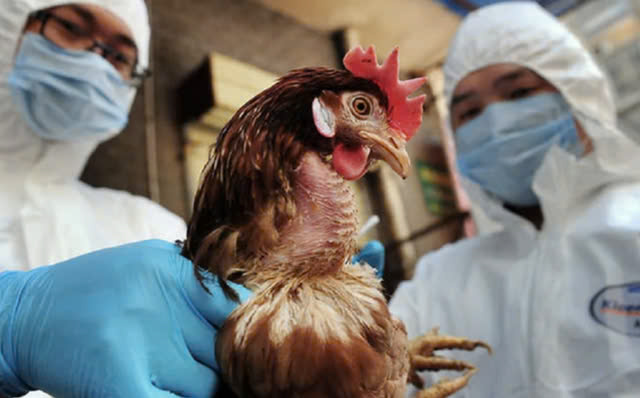Faced with the risk of disease intrusion and spread, Hanoi’s health sector has clearly identified its urgent task: to proactively detect early, strictly control, and promptly handle suspected cases.
The Hanoi Department of Health has just issued Document No. 1540/SYT-NVY, requiring all public and private medical facilities to comprehensively implement surveillance, prevention, and disease control measures to prevent outbreaks from spreading within the community.
According to the Ministry of Health and the Ministry of Agriculture and Rural Development, since the beginning of 2025, Cambodia has reported three human cases of avian influenza A/H5N1, all of whom have died.
In Vietnam, six avian influenza outbreaks have been recorded in the provinces of Tuyen Quang, Nghe An, Tien Giang, and Long An. Faced with the threat of the disease entering and spreading, Hanoi’s health sector has reiterated its urgent mission: early detection, strict monitoring, and timely response to suspected cases.
 In the face of the risk of disease intrusion and spread, Hanoi’s health sector has clearly identified its urgent task: to proactively detect cases early, strictly control the situation, and promptly handle suspected cases
In the face of the risk of disease intrusion and spread, Hanoi’s health sector has clearly identified its urgent task: to proactively detect cases early, strictly control the situation, and promptly handle suspected cases
The city’s Center for Disease Control (CDC) has been assigned as the focal point to monitor and update the situation of infectious diseases both domestically and internationally, while also providing timely recommendations to the Department of Health for effective disease prevention and control.
The CDC is also required to strengthen community surveillance, focusing on high-risk groups such as individuals involved in poultry slaughtering and trading, and those who have traveled to outbreak areas. Suspected cases must be sampled, diagnosed early, and thoroughly handled to prevent further spread.
In addition, strict monitoring of cases with acute respiratory infections, severe viral pneumonia syndromes, and influenza-like illnesses at medical facilities is strongly emphasized, in order to promptly detect highly pathogenic influenza strains such as A/H5N1, A/H7N9, and others.
The Department of Health also requires Hanoi CDC to maintain regular and close coordination with the Sub-Department of Livestock Production, Fisheries, and Veterinary Medicine to closely monitor the disease situation among livestock and poultry, as well as zoonotic diseases that can spread from animals to humans. This coordination plays a key role in developing timely and appropriate response plans.
In addition to strengthening surveillance, Hanoi’s health sector also demands proactive preparation of sufficient medicines, chemicals, medical supplies, equipment, and personnel to be ready for disease prevention and control efforts. Communication activities to guide the public on how to prevent avian influenza transmission to humans are also being intensified to raise community awareness.
District, town, and municipal health centers have been instructed to proactively develop and implement response plans to address potential disease outbreaks in their localities.
At the same time, all public and private healthcare facilities across the city must be fully prepared with isolation areas, hospital rooms, medicines, medical equipment, disinfectants, and personal protective gear to receive and treat patients, ensuring that outbreaks do not escalate or spread within the community.
The Hanoi Department of Health emphasizes that the prevention and control of avian influenza is not solely the responsibility of the health sector, but requires intersectoral coordination and the self-protective awareness of each individual in order to safeguard public health especially during the seasonal transition period, when the risk of disease outbreaks is high.
